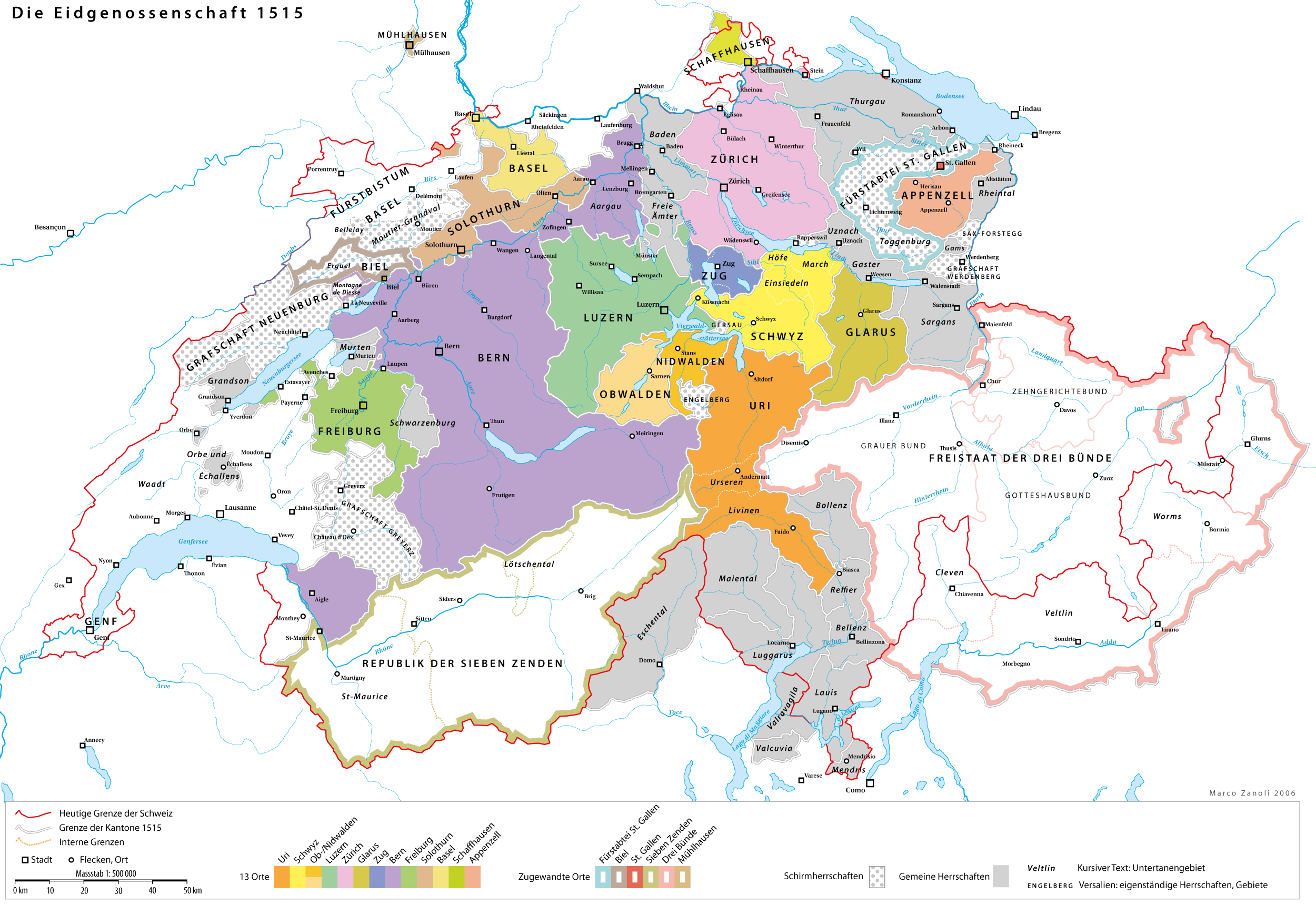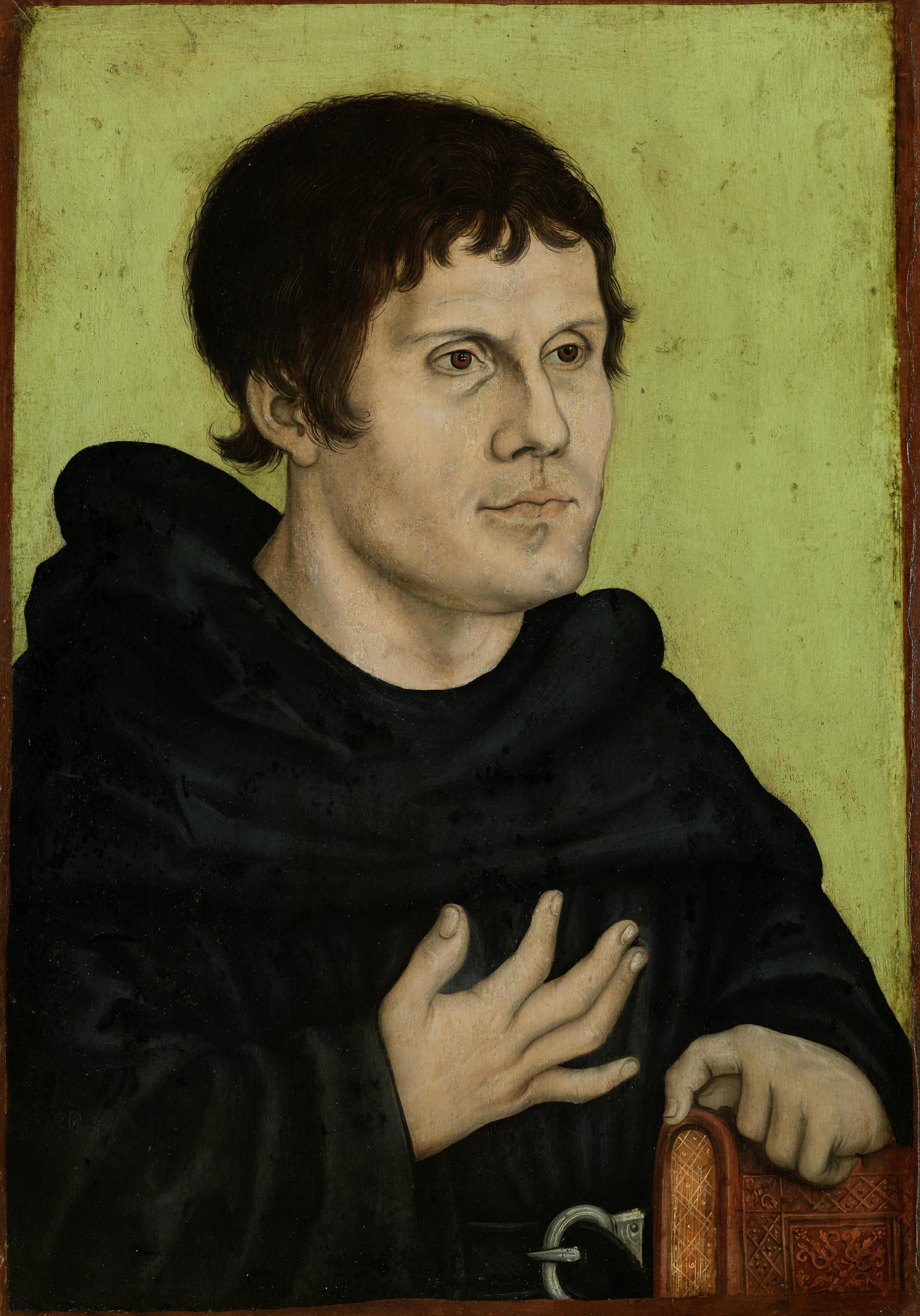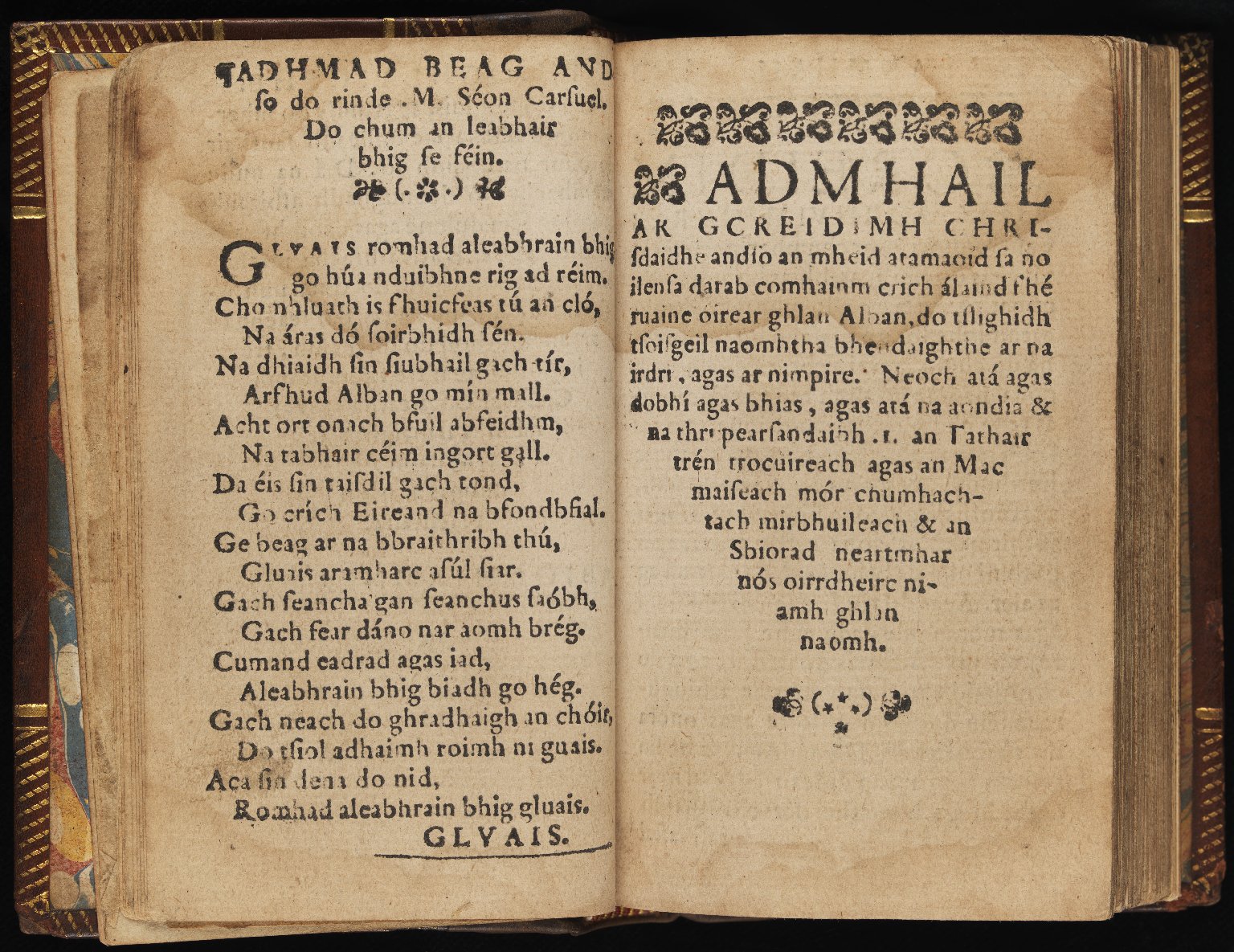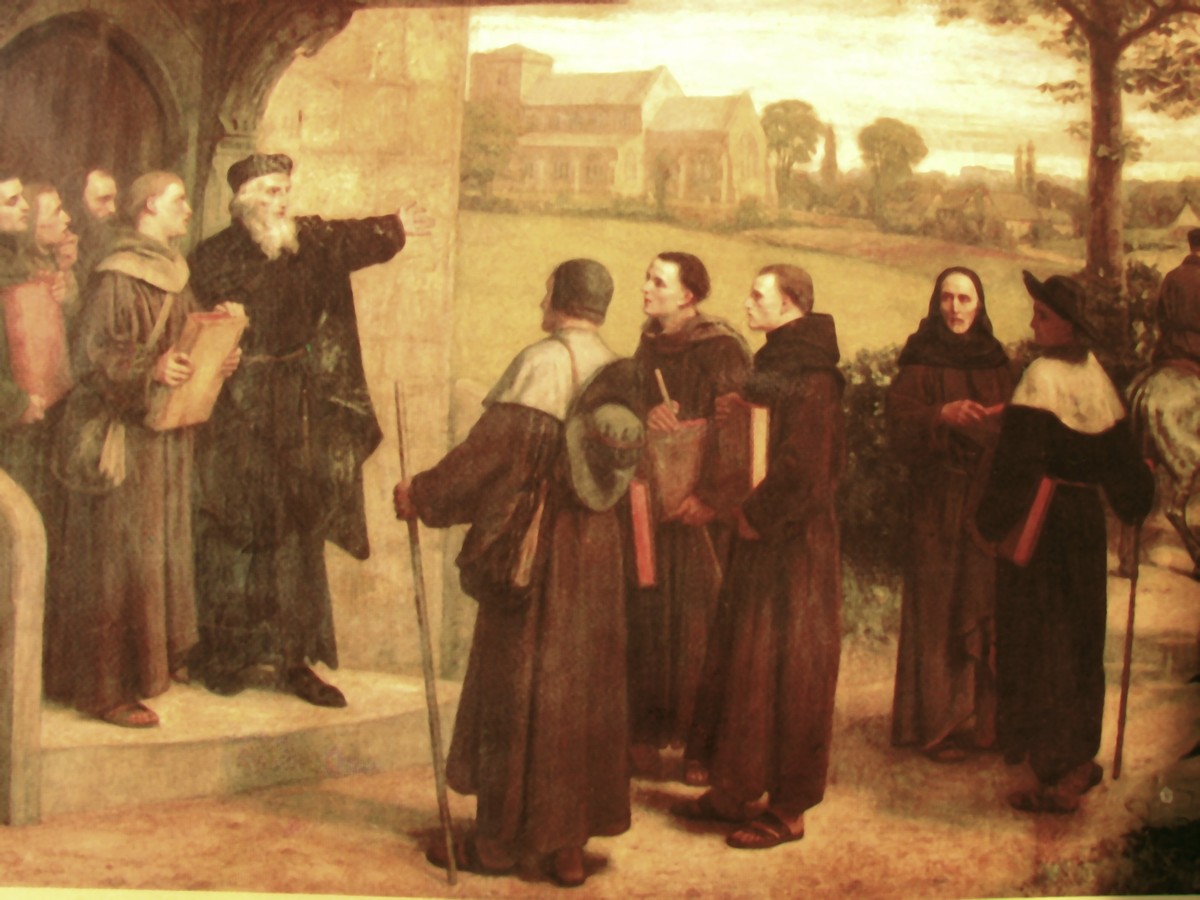|
Day-year Principle
The day-year principle or year-for-a-day principle is a method of interpretation of Bible prophecy in which the word ''day'' in prophecy is considered to be symbolic of a ''year'' of actual time. It was the method used by most of the Reformers, and is used principally by the historicist school of prophetic interpretation. It is actively taught by the Seventh-day Adventist Church, Jehovah's Witnesses, and the Christadelphians, though the understanding is not unique to these Christian denominations; since for example, it is implied in the Prophecy of Seventy Weeks. The day-year principle is also used by the Baháʼí Faith, as well with by most all astrologers who employ the "Secondary Progression" theory, aka the day-for-a-year theory, wherein the planets are moved forwards in the table of planetary motion (known as an ephemeris) a day for each year of life or fraction thereof. The astrologers say that the four seasons of the year are directly spiritually, phenomenologically like ... [...More Info...] [...Related Items...] OR: [Wikipedia] [Google] [Baidu] |
Bible Prophecy
Bible prophecy or biblical prophecy comprises the passages of the Bible that are claimed to reflect communications from God to humans through prophets. Jews and Christians usually consider the biblical prophets to have received revelations from God. Prophetic passagesinspirations, interpretations, admonitions or predictionsappear widely distributed throughout Biblical narratives. Some future-looking prophecies in the Bible are conditional, with the conditions either implicitly assumed or explicitly stated. See "History Unveiling Prophecy," by H. Grattan Guinness, 1905, pages 360-375. In general, believers in biblical prophecy engage in exegesis and hermeneutics of scriptures which they believe contain descriptions of global politics, natural disasters, the future of the nation of Israel, the coming of a Messiah and of a Messianic Kingdom—as well as the ultimate destiny of humankind. Overview Prophets in the Bible often warn the Israelites to repent of their sins and ... [...More Info...] [...Related Items...] OR: [Wikipedia] [Google] [Baidu] |
Faustus Of Riez
Faustus of Riez was an early Bishop of Riez (Rhegium) in Southern Gaul (Provence), the best known and most distinguished opponent of Pelagianism. Biography Faustus was born between 400 and 410, and his contemporaries, Avitus of Vienne and Sidonius Apollinaris, say that he was born in Britain. In his youth he was devoted to the study of elocution and Christian philosophy. He is thought by some to have been a lawyer but owing to the influence of his mother, famed for her sanctity, he abandoned secular pursuits as a young man and entered the monastery of Lérins. Here he was soon ordained to the priesthood and after about eight years, because of his extraordinary piety was chosen in 432 to be head of the monastery, in succession to Maximus who had become Bishop of Riez."Faustus of ... [...More Info...] [...Related Items...] OR: [Wikipedia] [Google] [Baidu] |
Philip Melanchthon
Philip Melanchthon (born Philipp Schwartzerdt; 16 February 1497 – 19 April 1560) was a German Lutheran reformer, collaborator with Martin Luther, the first systematic theologian of the Protestant Reformation, an intellectual leader of the Lutheran Reformation, and influential designer of educational systems. He stands next to Luther and John Calvin as a reformer, theologian, and shaper of Protestantism. Early life and education He was born Philipp Schwartzerdt on 16 February 1497 at Bretten, where his father Georg Schwarzerdt (1459–1508) was armorer to Philip, Count Palatine of the Rhine. His mother was Barbara Reuter (1476/77-1529). Bretten was burned in 1689 by French troops during the War of the Palatinate Succession. The town's Melanchthonhaus was built on the site of his place of birth in 1897. In 1507 he was sent to the Latin school at Pforzheim, where the rector, Georg Simler of Wimpfen, introduced him to the Latin and Greek poets and to Aristotle. He was in ... [...More Info...] [...Related Items...] OR: [Wikipedia] [Google] [Baidu] |
Ulrich Zwingli
Huldrych or Ulrich Zwingli (1 January 1484 – 11 October 1531) was a Swiss Christian theologian, musician, and leader of the Reformation in Switzerland. Born during a time of emerging Swiss patriotism and increasing criticism of the Swiss mercenaries, Swiss mercenary system, he attended the University of Vienna and the University of Basel, a scholarly center of Renaissance humanism. He continued his studies while he served as a pastor in Glarus and later in Einsiedeln, where he was influenced by the writings of Erasmus. During his tenures at Basel and Einsiedeln, Zwingli began to familiarize himself with many criticisms Christian institutions were facing regarding their reform guidance and garnered scripture which aimed to address such criticisms. IIn 1519, Zwingli became the (people's priest) of the Grossmünster in Zurich where he began to preach ideas on reform of the Catholic Church. In his first public controversy in 1522, he attacked the Fasting and abstinence in t ... [...More Info...] [...Related Items...] OR: [Wikipedia] [Google] [Baidu] |
John Calvin
John Calvin (; ; ; 10 July 150927 May 1564) was a French Christian theology, theologian, pastor and Protestant Reformers, reformer in Geneva during the Protestant Reformation. He was a principal figure in the development of the system of Christian theology later called Calvinism, including its doctrines of predestination and of God's Monergism, absolute sovereignty in the Christian soteriology, salvation of the human soul from death and Damnation, eternal damnation. Calvinist doctrines were Augustinian soteriology, influenced by and elaborated upon the Augustinian and other Christian traditions. Various Reformed Christianity, Reformed Church like Continental Reformed, Congregationalism, Presbyterianism, Waldensians, Reformed Baptists, Baptist Reformed, Calvinistic Methodism, Calvinist Methodism, and Reformed Anglican Churches, which look to Calvin as the chief expositor of their beliefs, have spread throughout the world. Calvin was a tireless polemicist and Christian apolog ... [...More Info...] [...Related Items...] OR: [Wikipedia] [Google] [Baidu] |
Martin Luther
Martin Luther ( ; ; 10 November 1483 – 18 February 1546) was a German priest, Theology, theologian, author, hymnwriter, professor, and former Order of Saint Augustine, Augustinian friar. Luther was the seminal figure of the Reformation, Protestant Reformation, and his theological beliefs form the basis of Lutheranism. He is widely regarded as one of the most influential figures in Western world, Western and History of Christianity, Christian history. Born in Eisleben, Luther was ordained to the Priesthood in the Catholic Church, priesthood in 1507. He came to reject several teachings and practices of the contemporary Catholic Church, Roman Catholic Church, in particular the view on indulgences and papal authority. Luther initiated an international debate on these in works like his ''Ninety-five Theses'', which he authored in 1517. In 1520, Pope Leo X demanded that Luther renounce all of his writings, and when Luther refused to do so, Excommunication in the Catholic Church, ... [...More Info...] [...Related Items...] OR: [Wikipedia] [Google] [Baidu] |
William Tyndale
William Tyndale (; sometimes spelled ''Tynsdale'', ''Tindall'', ''Tindill'', ''Tyndall''; – October 1536) was an English Biblical scholar and linguist who became a leading figure in the Protestantism, Protestant Reformation in the years leading up to his execution. He translated much of the Tyndale Bible, Bible into English and was influenced by the works of prominent Protestant Reformers such as Martin Luther. Tyndale's translations were the first English Scriptures to draw directly from Hebrew and Greek texts, the first English translation to take advantage of the printing press, the first of the new English Bibles of the Reformation, and the first English translation to use ''Jehovah'' ("Iehouah") as God's name. It was taken to be a direct challenge to the authority of the Catholic Church and of those laws of England maintaining the Church's position. The work of Tyndale continued to play a key role in spreading Reformation ideas across the English-speaking world. A ... [...More Info...] [...Related Items...] OR: [Wikipedia] [Google] [Baidu] |
John Knox
John Knox ( – 24 November 1572) was a Scottish minister, Reformed theologian, and writer who was a leader of the country's Reformation. He was the founder of the Church of Scotland. Born in Giffordgate, a street in Haddington, East Lothian, Knox is believed to have been educated at the University of St Andrews and worked as a notary-priest. Influenced by early church reformers such as George Wishart, he joined the movement to reform the Scottish Church. He was caught up in the and political events that involved the murder of Cardinal David Beaton in 1546 and the intervention of the regent Mary of Guise. He was taken prisoner by French forces the following year and exiled to England on his release in 1549. While in exile, Knox was licensed to work in the Church of England, where he rose in the ranks to serve King Edward VI of England as a royal chaplain. He exerted a reforming influence on the text of the ''Book of Common Prayer''. In England, he met and married hi ... [...More Info...] [...Related Items...] OR: [Wikipedia] [Google] [Baidu] |
John Wycliffe
John Wycliffe (; also spelled Wyclif, Wickliffe, and other variants; 1328 – 31 December 1384) was an English scholastic philosopher, Christianity, Christian reformer, Catholic priest, and a theology professor at the University of Oxford. Wycliffe is traditionally believed to have advocated or made a vernacular translation of the Vulgate Bible into Middle English, though more recent scholarship has minimalized the extent of his advocacy or involvement for lack of direct contemporary evidence.. He became an influential dissident within the Catholic priesthood during the 14th century and is often considered an important predecessor to Protestantism. His political-theological theory of ''Dominion (political theory), dominion'' meant that the church was not allowed to own property or have ecclessiastic courts, and men in mortal sin were not entitled to exercise authority in the church or state, nor to own property. Wycliffe insisted on the radical poverty of all clerg ... [...More Info...] [...Related Items...] OR: [Wikipedia] [Google] [Baidu] |
Bruno Astensis
Bruno di Segni (c. 1045 – 18 July 1123) was an Italian Roman Catholic prelate and professed member from the Order of Saint Benedict who served as Bishop of Segni and Abbot of Montecassino. He studied under the Benedictines in Bologna before being appointed a canon of the cathedral chapter of Siena. He was invited to Rome where he became a bishop and counselled four consecutive popes. He served as Abbot of Montecassino but when he criticised Pope Paschal II regarding the Concordat of Ponte Mammolo in 1111 the pope relieved him of his duties as abbot and ordered Bruno to return to his diocese, where he died just over a decade later.Birkhaeuser, Jodoc Adolphe. "St. Bruno." The Catholic Encyclopedia Vol. 3. New York: Robert Appleton Company, 1908. 13 April 2020 Bruno's canoniza ... [...More Info...] [...Related Items...] OR: [Wikipedia] [Google] [Baidu] |
Book Of Numbers
The Book of Numbers (from Biblical Greek, Greek Ἀριθμοί, ''Arithmoi'', , ''Bəmīḏbar'', ; ) is the fourth book of the Hebrew Bible and the fourth of five books of the Jewish Torah. The book has a long and complex history; its final form is possibly due to a Priestly source, Priestly redaction (i.e., editing) of a Yahwistic source made sometime in the early Yehud medinata, Persian period (5th century BC). The name of the book comes from the two censuses taken of the Israelites. Numbers is one of the better-preserved books of the Torah, Pentateuch. Fragments of the Ketef Hinnom scrolls containing verses from Numbers have been dated as far back as the late seventh or early sixth century BC. These verses are the earliest known artifacts to be found in the Hebrew Bible text. Numbers begins at Mount Sinai, where the Israelites have received their Covenant (biblical), laws and covenant from God in Judaism, God and God has taken up residence among them in the Tabernacle, san ... [...More Info...] [...Related Items...] OR: [Wikipedia] [Google] [Baidu] |
Berengaudus
Berengaudus (840–892) was a Benedictine monk, supposed author of ''Expositio super septem visiones libri Apocalypsis'', a Latin commentary on the ''Book of Revelation''. He has traditionally been assumed to be a monk of Ferrières Abbey, at the time of Lupus Servatus. The attribution has been questioned, but the ''Expositio'' was later (by the 12th century) much circulated in manuscript. It was printed in ''Patrologia Latina'' vol. XVII under Ambrose, following an attribution by Cuthbert Tunstall.Jacques-Paul Migne, ''Patrologiae cursus completus'' (1879) vol. 17 col. 843archive.org./ref> Date of the ''Expositio'' It has been argued that the ''Expositio's'' date cannot now be definitely given, but that it is closer to the 12th century than the 9th century. It has also been said that "Berengaudus" was a contemporary of Anselm of Laon; and that he was somewhat earlier, c. 1040. But Visser argues from familiarity with the commentary of Haimo of Auxerre, and internal evidence of an ac ... [...More Info...] [...Related Items...] OR: [Wikipedia] [Google] [Baidu] |










